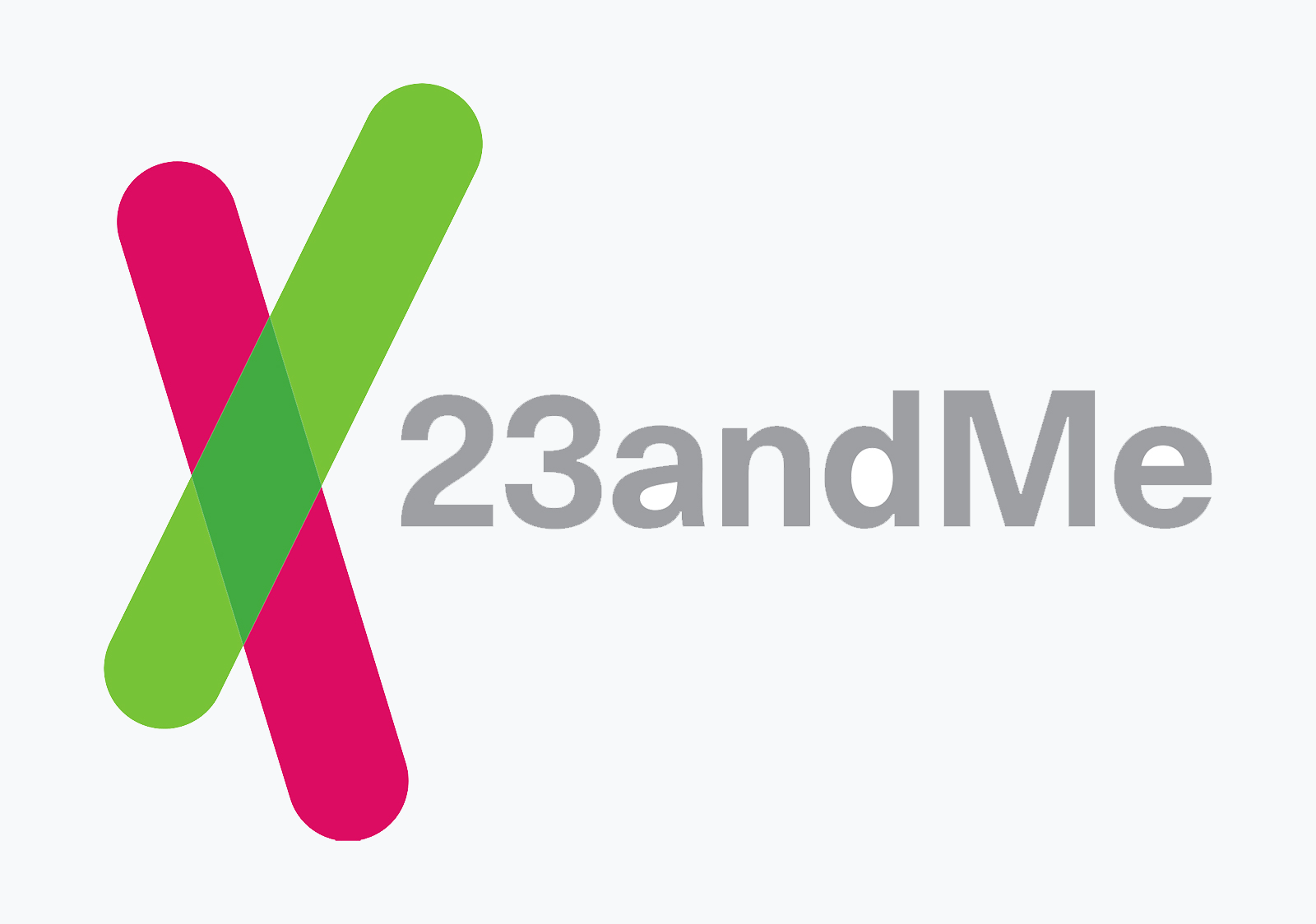
January 18, 2017
Editor’s note: This post first appeared on the 23andMe main blog.
When did that 2 percent Yakut ancestry make its way into your family tree? The newest 23andMe Ancestry feature may have the answer for you.
This feature is another first for 23andMe, which broke new ground by offering customers a detailed accounting of their genetic ancestry with the Ancestry Composition report. Customers who have connected accounts with a parent can also see what ancestries were inherited from each side of the family tree. The Ancestry Composition report also allows customers to dig deeper into their genetic ancestry with a genome map of their ancestry. (To learn more about this feature, see the Meet Your Chromosome Painting blog post.)
Now, 23andMe has added a fourth analysis to the report, which we call “Ancestry Timeline.” This feature allows customers to go back in time and learn approximately when a particular ancestry entered their family tree.
Ancestry Timeline was made possible through pioneering work by 23andMe Research Scientist Kasia Bryc, whose previous research provided insights into the American melting pot.
23andMe determines your Ancestry Timeline by analyzing the pattern of ancestry in your genome. It looks at both the number and size of segments that derive from a particular ancestry as well as their distribution across your chromosomes. Large segments of ancestry in your genome that all come from the same population suggest a recent ancestor, while shorter segments suggest a more distant one.
About half of Sarah’s genetic ancestry is of Ashkenazi Jewish origin. Antonio’s is about 20 percent Iberian (Spanish or Portuguese). The Ancestry Timeline feature puts these results in a new context. Sarah has a recent ancestor (1-2 generations ago) who was 100 percent Ashkenazi Jewish, while you have to go pretty far back on Antonio’s family tree to find someone who was 100 percent Iberian (5-8 generations ago).
An important caveat of the Ancestry Timeline feature is that it assumes that your ancestry from each population originally comes from a single (recent or distant) ancestor. It also says nothing about where a particular ancestor was born—only their genetics. Therefore, a British & Irish ancestor born in Philadelphia would look the same as one born in Dublin. Ancestry Timeline also has the same limitations as Ancestry Composition, in that it doesn’t report contributions by recently admixed populations (e.g. “Mexican” ancestry is reported as a mixture of European, Native American, and African ancestry) and trace ancestries (e.g. <0.5 percent) should be taken with a grain of salt.
For a more technical explanation of how the Ancestry Timeline feature works, read our white paper.